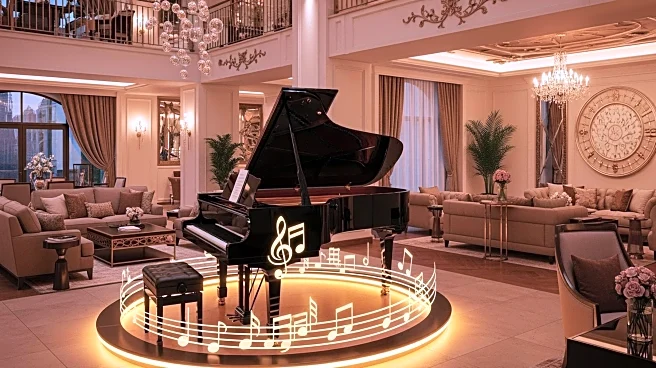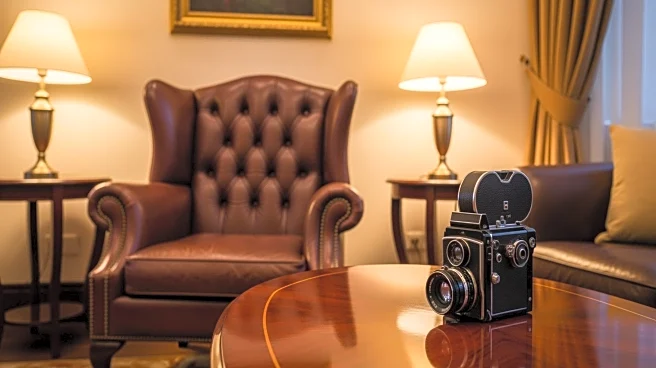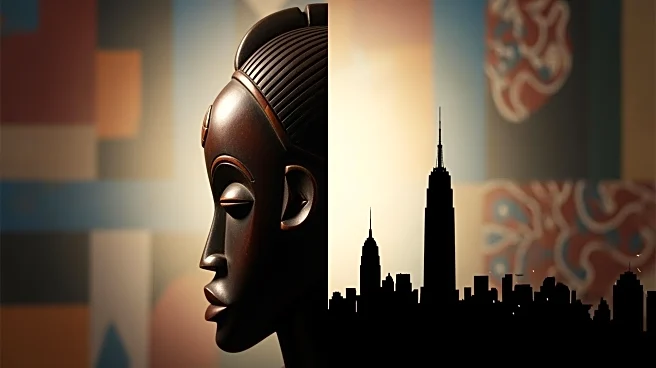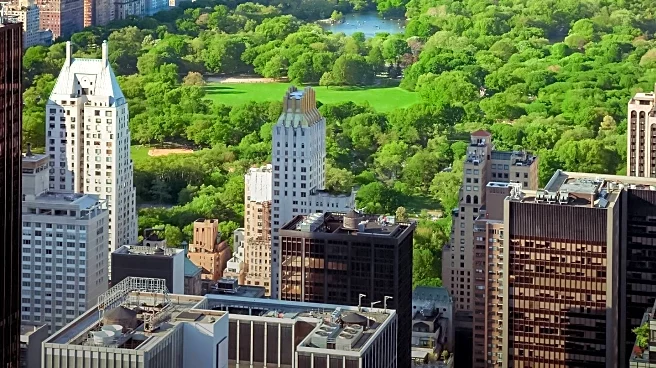What's Happening?
The New York City residence of the late composer Charles Strouse, known for his work on musicals such as 'Annie' and 'Bye Bye Birdie,' has been listed for sale at $3.99 million. The 3,760-square-foot home, located at 350 W. 57th St., features four bedrooms
and four baths, along with a sunken living room where Strouse hosted readings and workshopped projects. The residence, which includes a combination of a three- to four-bedroom unit and a one-bedroom apartment, boasts high ceilings, hardwood floors, and stunning city skyline views. Strouse's son, Ben Strouse, shared that the home was a gathering place for family and friends, including notable visitors like Jay-Z, Arthur Miller, and Harry Connick Jr.
Why It's Important?
The listing of Charles Strouse's home is significant as it offers a rare opportunity to own a piece of musical history. Strouse's contributions to Broadway and film have left a lasting impact on American culture, with his compositions recorded by legendary artists such as Frank Sinatra and Barbra Streisand. The residence not only reflects Strouse's legacy but also serves as a testament to the vibrant artistic community that thrived in New York City. The sale of this property may attract interest from collectors and fans of musical theater, highlighting the enduring appeal of Strouse's work.
What's Next?
Potential buyers and real estate enthusiasts will likely keep a close eye on the sale of this historic property. The listing, managed by Douglas Elliman brokers Katherine Gauthier and Will Rivera, may prompt interest from those looking to invest in a culturally significant home. As the real estate market in New York City continues to evolve, the sale of Strouse's residence could set a precedent for similar properties associated with notable figures in the arts.
Beyond the Headlines
Beyond its historical significance, the sale of Charles Strouse's home raises questions about the preservation of cultural landmarks in urban environments. As cities like New York continue to develop, maintaining spaces that honor artistic contributions becomes increasingly important. This listing may spark discussions about the balance between modernization and the conservation of properties that hold cultural value.















